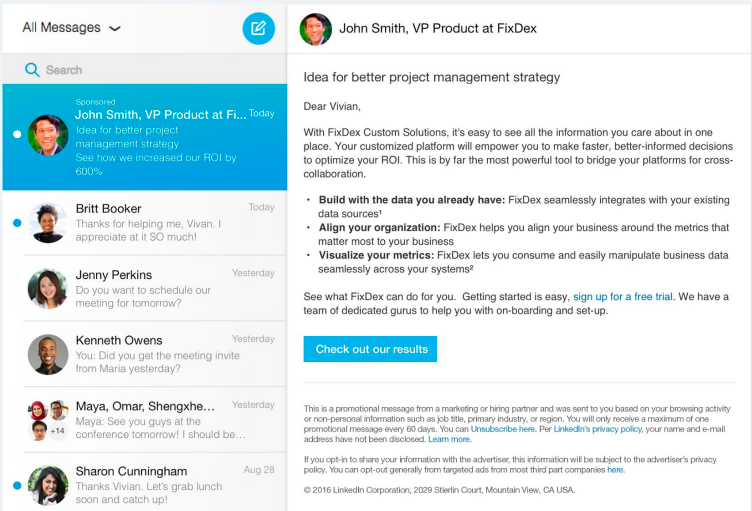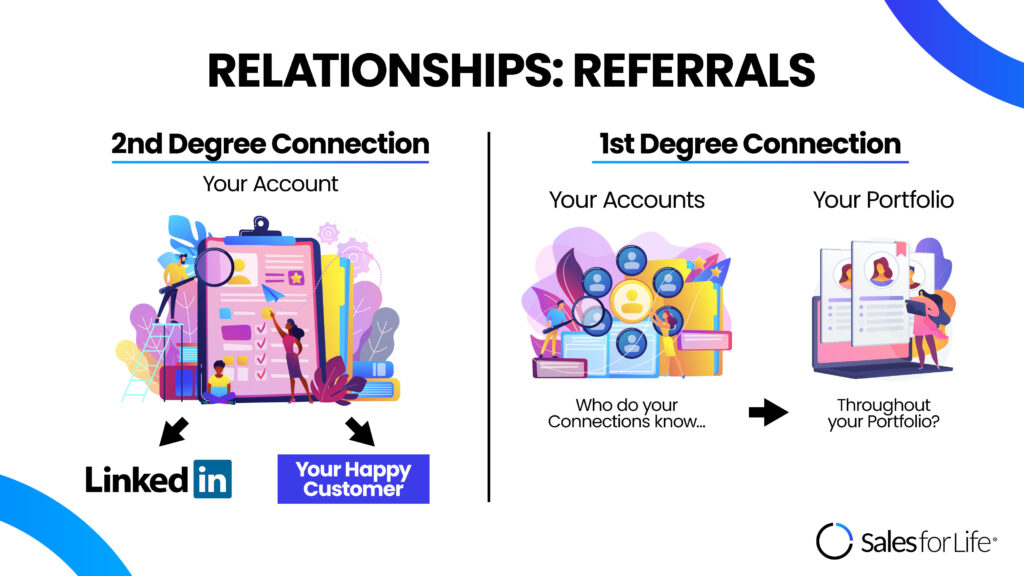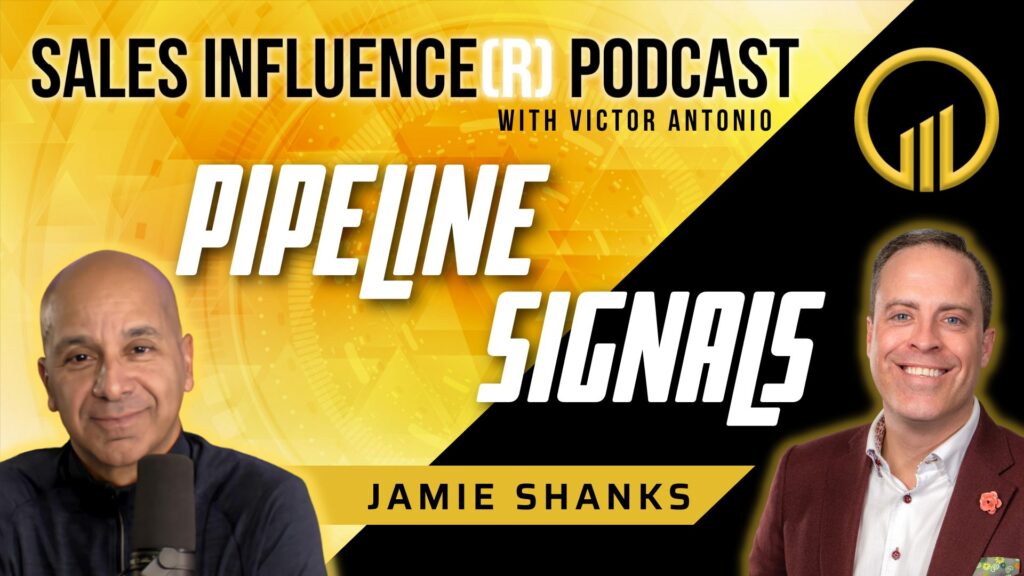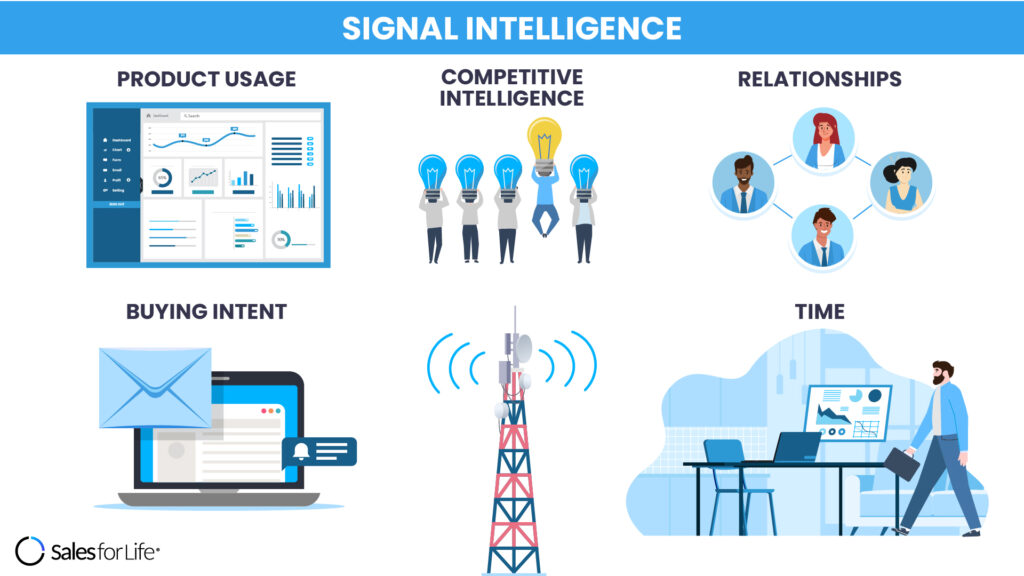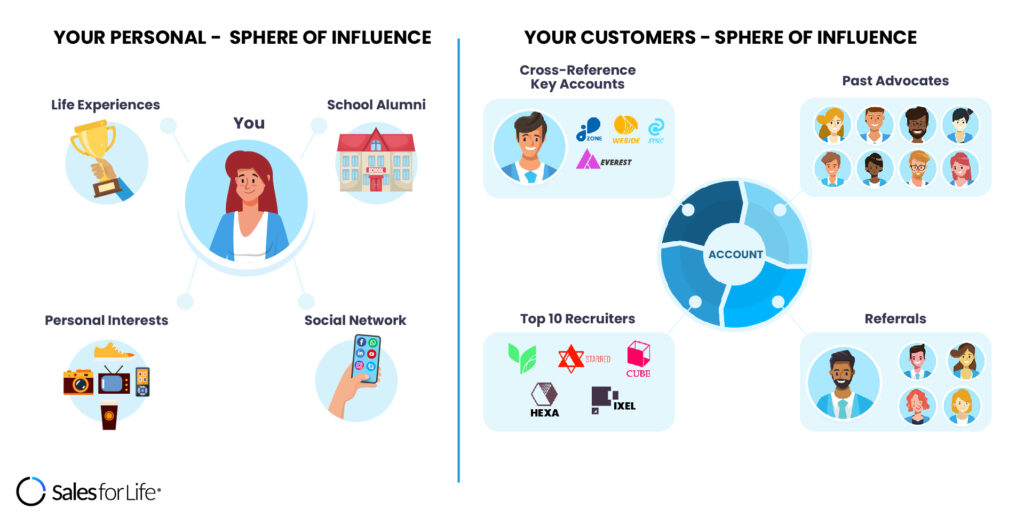Social media is one of the most powerful tools in a sales professional’s arsenal. You can use social media platforms to build pipeline, gather information, communicate with prospects, and conduct research. But one of the most powerful ways to use social media is for establishing your and your company’s brand and authority—and the easiest way to do this is via content.
Posting content on a regular basis builds credibility and expands your reach, making it a reliable way to strengthen your brand. It makes your presence and authority known, allowing you to more effectively influence your network.
The best part is that your connections won’t even know that they are being influenced, because you’re doing so in a way that won’t register in their consciousness. Instead of blatantly appealing to their emotions to buy your product, you’re presenting yourself in the best possible light and establishing connections with those who are most likely to become your clients, leading their minds to realize that you’re a trustworthy seller.
3 Reasons To Post On Social Media Daily
Posting content regularly isn’t just nice to do—it’s a must-do. And it should be done on a daily basis, if possible.
You see, when you regularly post or share content, you’re telling your market that you have something substantial that they should consider. And the more people that you can educate, the greater the chances that they’ll do business with you.
- You can anchor your brand to the messages you want to convey.
First impressions may not always be correct, but they certainly last. This is explained by the concept of anchoring: Why our brains easily recall the first piece of information that we obtain when we have to make a decision or when presented with an unfamiliar scenario.
By posting regularly, you can anchor your personal brand to a particular message, such as competence or creativity, that you want your audience to associate with you. - You can make your brand easier to remember.
Humans are naturally biased towards things that they can recall easily. That’s why the goal in advertising is to occupy the customer’s “top of mind”. You want your brand to be the first thing that pops up in their mind when they think about their industry.
Every time you post on social media, the people who see your content are reminded of who you are and what you do, thus increasing the space you occupy in their minds. Even if they don’t engage with your post, you’ll still make an impact on them—and this increases the chances that you’ll be the first one they’ll think about when it comes to your product or service. - You can benefit from the Halo Effect.
The Halo Effect is the tendency for a positive impression that you may have about a person or a product to extend to other, unrelated attributes. For example, if you perceive someone to be successful professionally, you might think that they’re similarly happy in other aspects of their lives. Or if a friend frequently posts gorgeous photos on Instagram, it’s easy to conclude that their day-to-day activities are always picture-perfect (even if that’s not really the case).
So by establishing yourself as an authority in your industry through your social media posts, your network would unconsciously extend your expertise beyond the topics of your content. You’ll be perceived as a competent, trustworthy person that can help them succeed.
However, posting content on a daily basis is much easier said than done. Can you really keep posting about the same topic every single day?
Our answer is a resounding yes.
The good news is that you don’t have to write thought-provoking essays or create engaging images every time. Here’s how you can keep a full social media calendar without thinking too much about it.
4 Things You Can Do To Fill Your Content Calendar
- Share stories and news that you find interesting. As we’ve mentioned earlier, you don’t have to write profound analyses of your industry every day. Simply sharing news and stories from reputable sources is also an effective way of demonstrating your expertise—it shows you’re up-to-date on the latest news and trends, and thus, can be relied on for legitimate industry knowledge.
- Share stories of client wins. The most effective forms of promotion are those made by other people. Showing how you played a part in creating positive experiences for your clients can sharply boost your personal brand and reinforce your expertise.
- Post about the people in your network. As the saying goes, your network is your net worth. Don’t hesitate to incorporate your connections when planning your social media calendar. Repost their content and add your own insights to establish your knowledge on the topic.
You can also post happy photos from in-person events that you’ve attended, such as conferences and networking events. This shows your online connections that you have great offline relationships, and that you’re a person they should get to know. - Automate your posts. Most social media platforms allow post scheduling, which is a godsend for busy sellers and marketers. You can produce several posts in one go, schedule them on your intended days, and they’ll be automatically published.
- Ask questions and create polls. These types of posts demand engagmement from their audience. When they like, comment on, or share your content, the algorithm will be trained to show them more of your posts in the future, increasing the space that your brand occupies in their minds.


